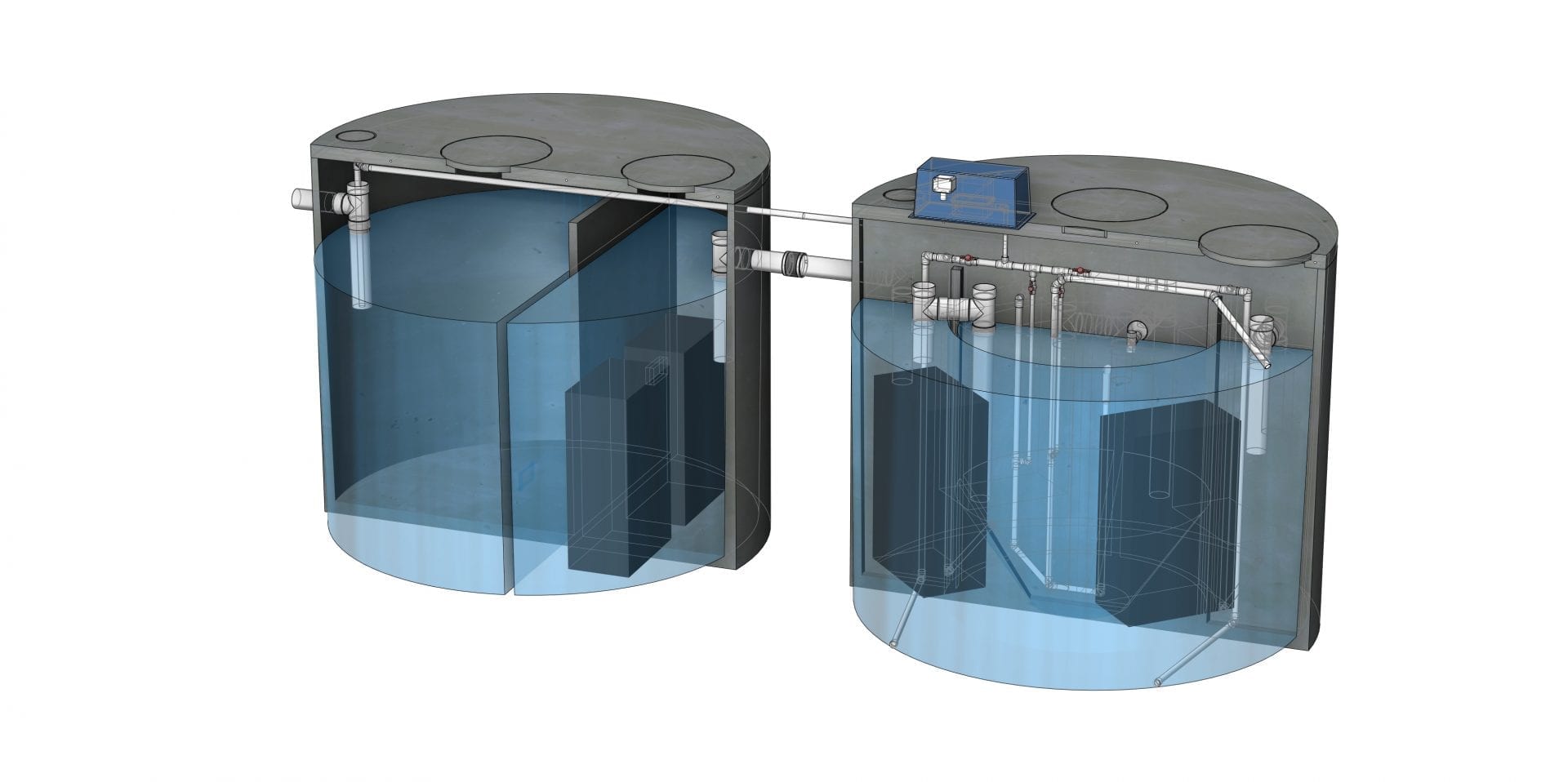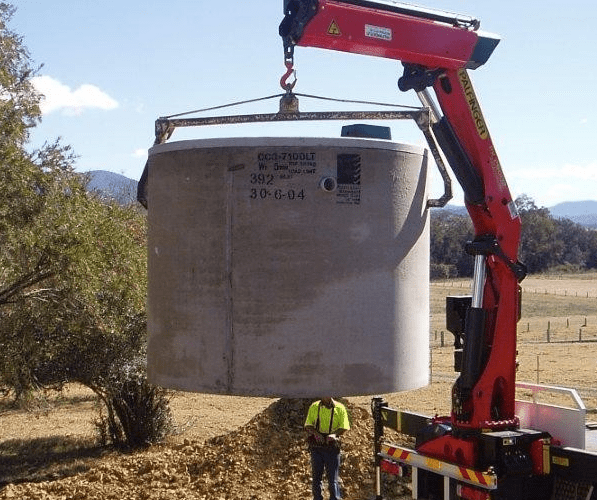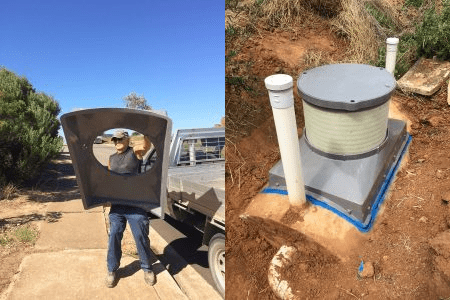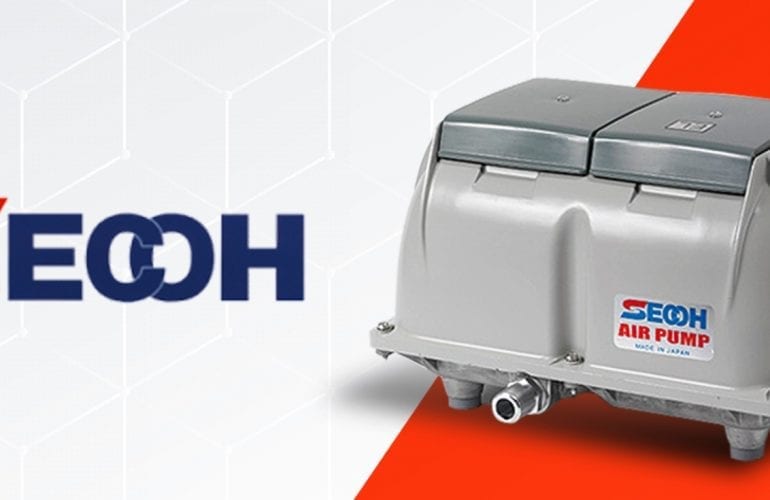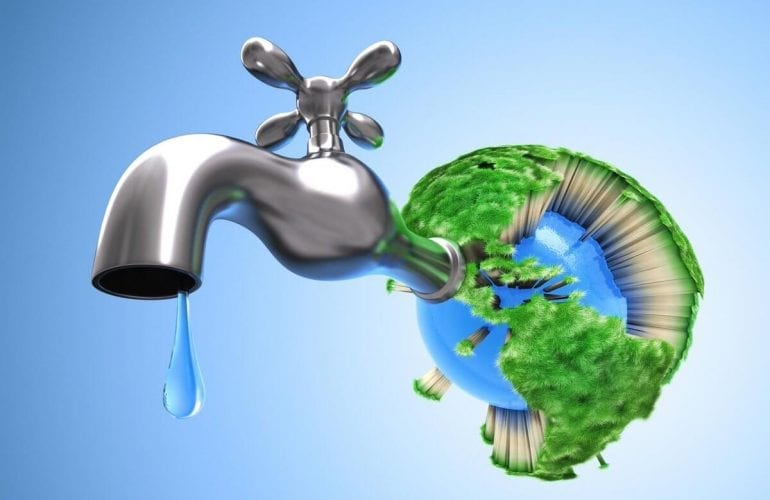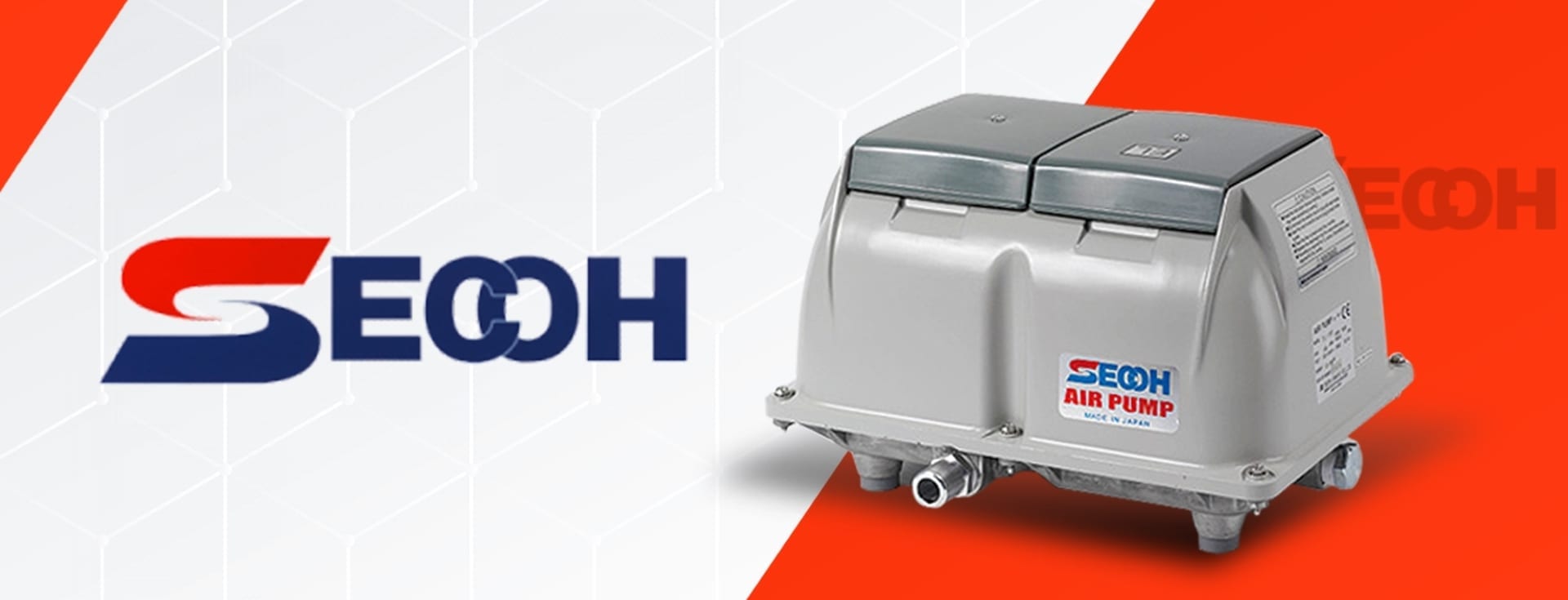A Complete Guide for Australian Homes and Businesses
In Australia, managing wastewater effectively is essential for protecting the environment and safeguarding public health — particularly in areas not connected to the mains sewer. While traditional septic tanks offer basic treatment, many residential and commercial properties now require a more advanced solution. That’s where the Advanced Secondary Treatment System (STS) comes in.
These systems provide a significantly higher level of wastewater treatment, helping homeowners and businesses meet strict environmental regulations and, in many cases, enabling safe reuse of treated water for subsurface irrigation or other approved applications.
With so many different wastewater treatment systems available from various manufacturers across Australia, it’s easy to feel overwhelmed when deciding which system is right for your needs. While each brand and model may differ in design and features, they all share the same goal — to treat wastewater effectively and return it safely to the environment.
In this article, we’ll explore the key differences between Primary Wastewater Treatment Systems and Advanced Secondary Treatment Systems, helping you make an informed decision when choosing the right solution for your property.
Primary Wastewater Treatment Systems
A Primary Wastewater Treatment System typically refers to a traditional septic tank and absorption trench setup, commonly found on rural and regional properties throughout Australia. It is one of the most cost-effective options for on-site wastewater treatment, with relatively low installation and ongoing maintenance costs.
In this system, wastewater flows from the home into the septic tank, where solids settle to the bottom (forming sludge), scum floats to the top, and the liquid effluent exits the tank. The partially treated effluent is then directed to absorption trenches (or a leach field), usually using gravity — although a pump may be required if the site conditions demand it.
While septic tanks help to separate and break down waste, they do not disinfect the effluent or eliminate harmful pathogens like bacteria, viruses or parasites. This is why the effluent is not safe for human contact and must be carefully managed.
The absorption trenches are buried underground, preventing direct contact with people or animals. On the surface, turf or other suitable plants are typically planted to absorb nutrients and assist with evapotranspiration, helping remove excess moisture from the soil.
Some systems may integrate disinfection methods like UV treatment, sand filters or wetlands, or distribute effluent through subsurface irrigation or sprinklers, but this is only applicable in more advanced systems — not in standard septic tanks.
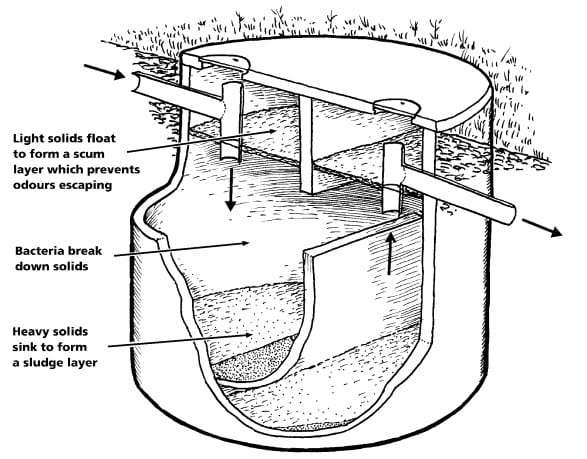
In short:
Yes, septic tanks must be pumped out regularly (every 3–5 years) to remove the accumulating solids.
No, septic tanks alone do not treat wastewater to a safe or reusable standard.
Extreme caution should be taken to prevent effluent from coming into contact with people, food, clothing or pets.
Septic tanks remain a popular choice due to affordability, but for properties requiring higher-quality treatment or effluent reuse, an Advanced Secondary Treatment System is the preferred option.
What Is an Advanced Secondary Treatment System?
An Advanced Secondary Treatment System is an on-site wastewater solution that treats effluent to a much higher standard than a standard septic tank. Where primary systems simply separate solids and liquids, an Advanced STS uses biological and sometimes chemical processes to reduce organic matter, nutrients, and pathogens in the wastewater.
The result is cleaner, clearer effluent that’s safer for the environment and suitable for reuse in specific applications, depending on local council regulations.
How Does an Advanced Secondary Treatment System Work?
An Advanced STS typically includes the following treatment stages:
1. Primary Treatment
Wastewater first enters a septic tank or primary chamber where solids settle and scum rises. This basic separation forms the foundation of the treatment process.
2. Aerobic Biological Treatment
The partially treated wastewater is pumped into an aeration chamber, where air is introduced to support the growth of beneficial aerobic bacteria. These microbes consume and break down organic waste.
3. Clarification
Remaining solids settle out, leaving clearer effluent that is nearly ready for reuse or safe dispersal.
4. Disinfection (Where Required)
In some systems, chlorine or UV treatment is used to kill any remaining pathogens, depending on the intended use of the treated water and local regulations (learn more about the recycled water classifications in Australia here).
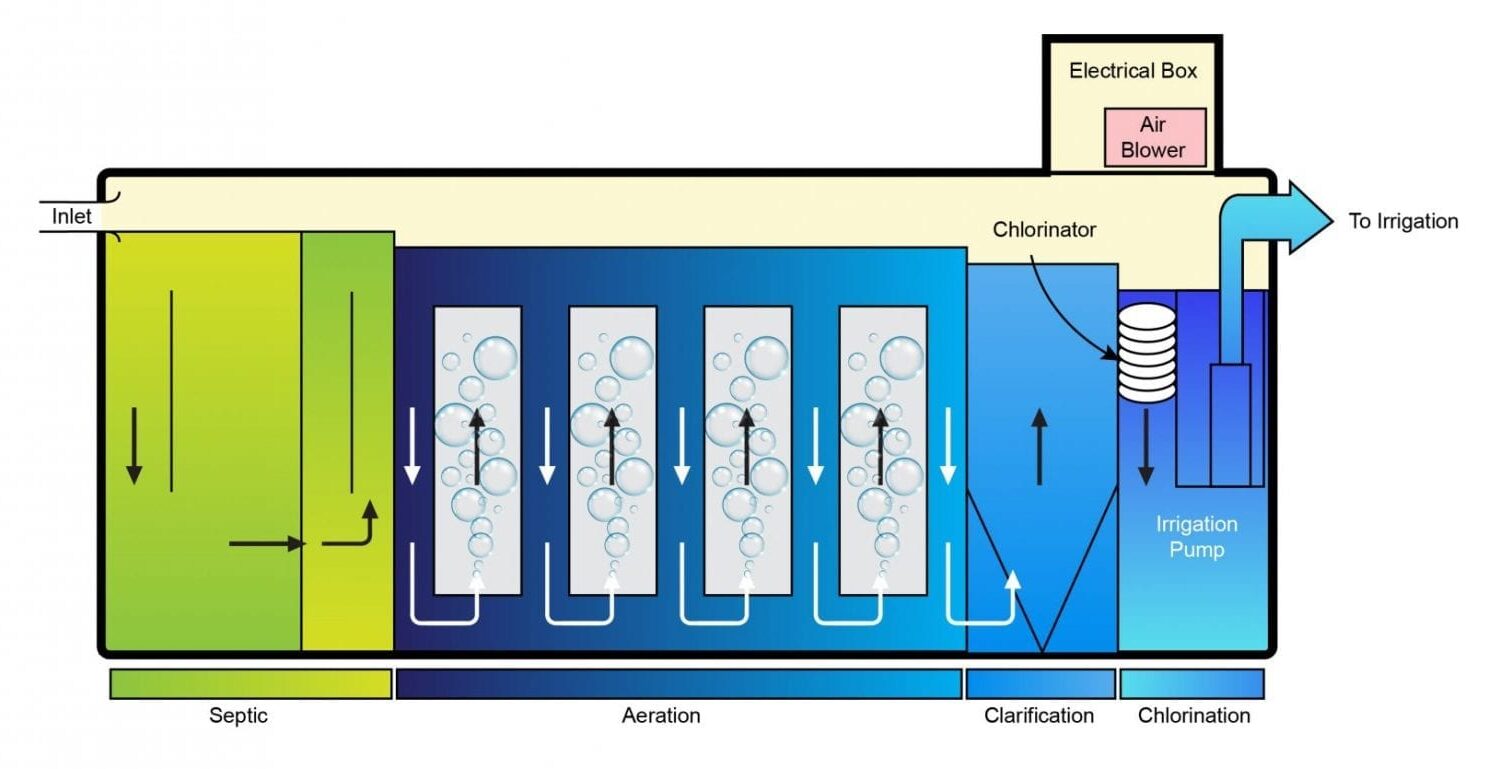
Why Choose an Advanced Secondary Treatment System?
Advanced STS units offer several advantages over traditional systems:
Superior Effluent Quality
Produces cleaner water with reduced organic content and harmful microorganisms.Water Reuse Capabilities
Treated water can be reused for subsurface irrigation in many parts of Australia, helping conserve valuable water resources.Meets Regulatory Requirements
Complies with current environmental and health standards in NSW, ACT and Victoria.Environmental Protection
Reduces the risk of contamination to local groundwater and surface waterways.
Where Are Advanced Secondary Treatment Systems Needed?
These systems are ideal for:
Homes and properties not connected to mains sewer
Rural and regional developments
Environmentally sensitive areas, including near rivers or lakes
Sites with limited soil absorption capability or high water tables
Commercial and industrial properties requiring advanced wastewater treatment
Garden Master’s Advanced STS Solutions
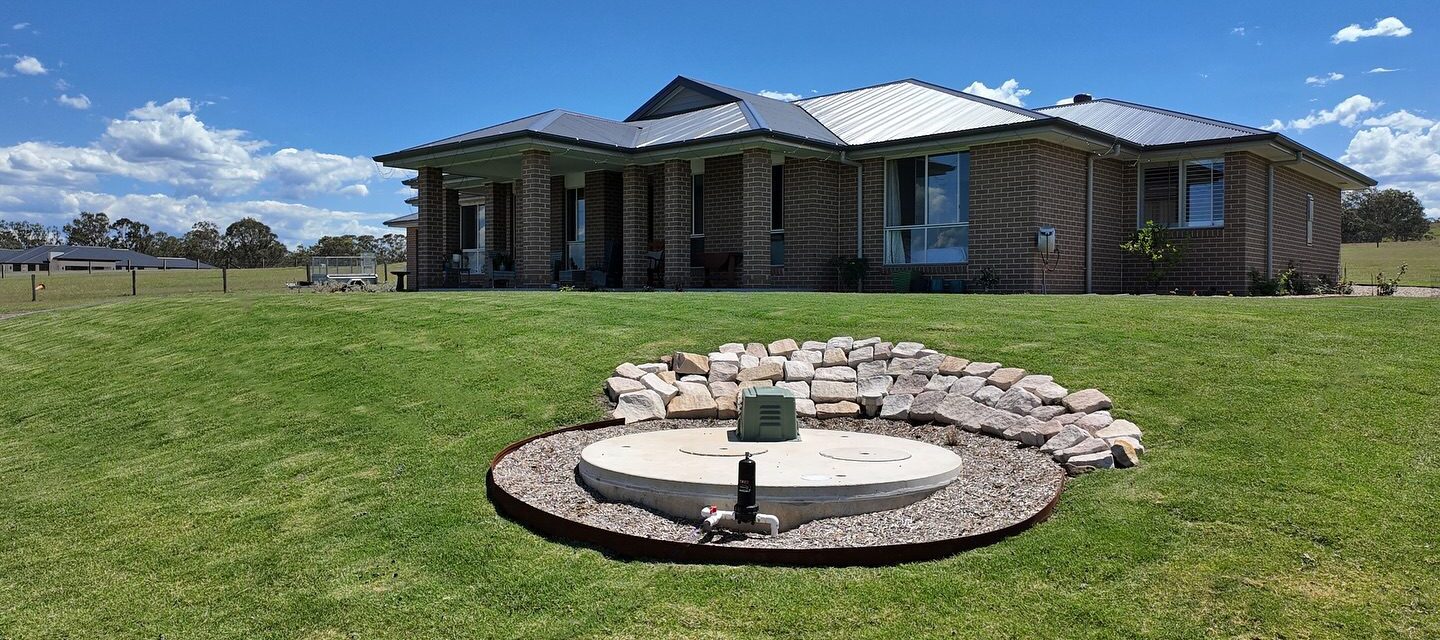
At Garden Master, we manufacture, supply, and service premium-quality Advanced Secondary Treatment Systems designed for both domestic and commercial applications. Our systems are:
Customised for your household or business needs
Engineered for compliance with Australian regulations
Manufactured with quality materials and proven designs
Supported by expert installation and maintenance services
We service clients across NSW, ACT, and Victoria — and have done so for more than 30 years. Whether you need a new wastewater system for your home, holiday cabin or commercial site, we can help.
Explore our full range here: Wastewater Treatment Systems

